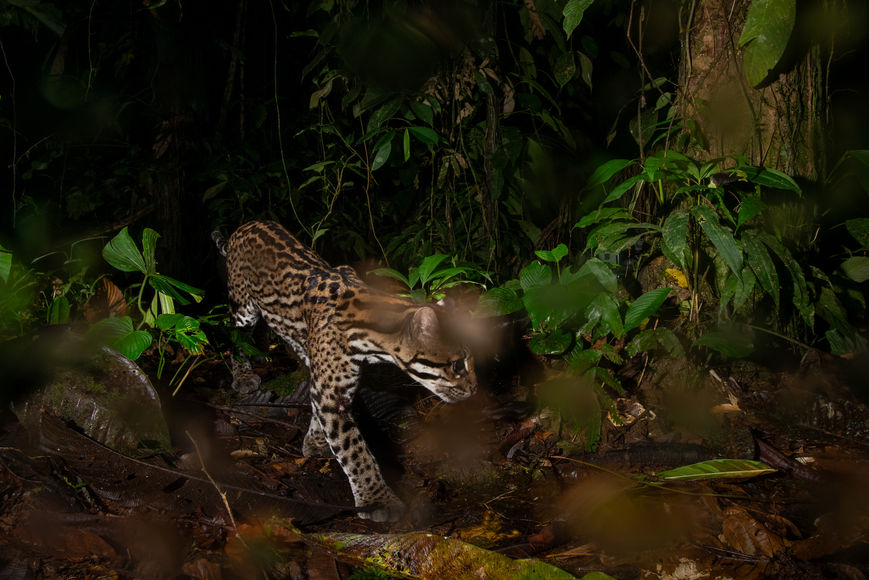
Camera Trapping Expeditions
Why camera traps?
Camera traps are recording devices set up in the field to capture images or videos of wildlife by automatically triggering when an animal passes by. Researchers do not have to be present, except to set up and periodically service the camera trap.
Camera traps' key strength is their ability to remain in the field for long periods of time, continuously registering detections day and night, with little input from human operators. This means that even the rarest events, such as nest predation or the passage of an apex predator through an area, can be quantified and studied.
Camera traps also facilitate this without significant disturbance to study animals, except for the emission of minimal sound and light.
Camera traps provide data on species' location, population sizes, and how species interact. They also help us to understand how humans and livestock interact with each other and other forms of wildlife and help land managers make better decisions at both small and large scales.
They are also increasingly being used to raise conservation awareness worldwide, with NGOs embracing the tool as a powerful way of reaching out to the public through social media, becoming crucial tools of campaigns to save threatened or endangered species.
Output
Species Monitoring
Quality Data
Impactful Visuals
Using trail cameras, we monitor local species, their populations, behavior, and relation with their habitat.
Generating data for conservation partners.
Creating photos and videos for environmental education and promoting conservation of animals and their habitats.

















